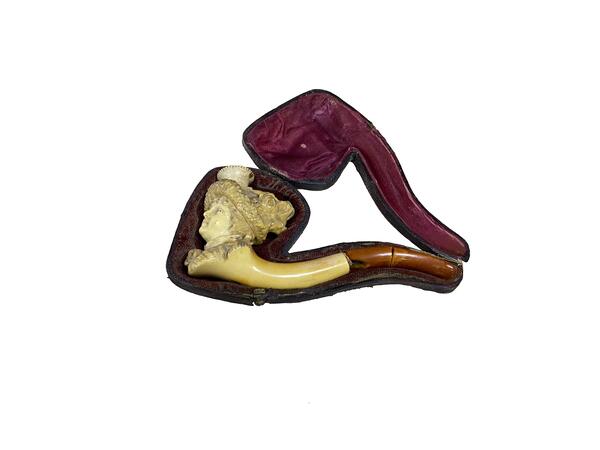The exhibition of the Vyacheslav Gromov Museum of Local Lore aims to instill a love for the native land. It presents the history of the Nizhny Novgorod Region in archaeological, industrial, historical, and personal items, creating a captivating experience and telling the history of Russia in a new way.
“Sergach Stories” is a sketch of the life of a small old town against the backdrop of Russian history from the time of the first tsars to the era of technological progress. The town has seen cast-iron locomotives and dancing bears, its residents have made felt boots, designed bombers, saved church bells, and opened the first religious schools for women.
The exhibition of the Vyacheslav Gromov Museum of Local Lore goes far beyond the Nizhny Novgorod Region. The collection represents the life and crafts of Russian peasants, the achievements of Soviet engineers, the history of decorative and applied arts, and the memory of the terrible tragedy on Khodynka Field.
Visitors will find out answers to many questions, including “What is the purpose of an arithmometer?”, “What did a school certificate look like 110 years ago?”, “What is the origin of black ceramics?”, “What is the length of a mammoth tusk in meters?”, and “Why does the word ‘pathephone’ only exist in Russian?”.
Exhibits are marked with AR stickers for identification purposes.
“Sergach Stories” is a sketch of the life of a small old town against the backdrop of Russian history from the time of the first tsars to the era of technological progress. The town has seen cast-iron locomotives and dancing bears, its residents have made felt boots, designed bombers, saved church bells, and opened the first religious schools for women.
The exhibition of the Vyacheslav Gromov Museum of Local Lore goes far beyond the Nizhny Novgorod Region. The collection represents the life and crafts of Russian peasants, the achievements of Soviet engineers, the history of decorative and applied arts, and the memory of the terrible tragedy on Khodynka Field.
Visitors will find out answers to many questions, including “What is the purpose of an arithmometer?”, “What did a school certificate look like 110 years ago?”, “What is the origin of black ceramics?”, “What is the length of a mammoth tusk in meters?”, and “Why does the word ‘pathephone’ only exist in Russian?”.
Exhibits are marked with AR stickers for identification purposes.

